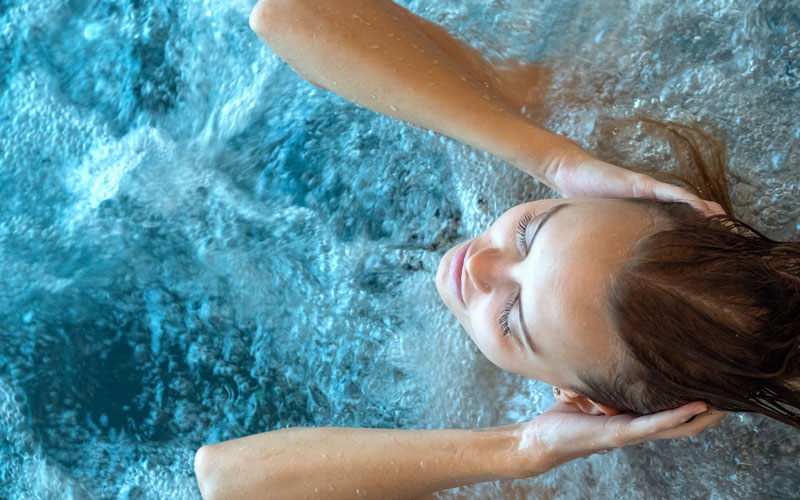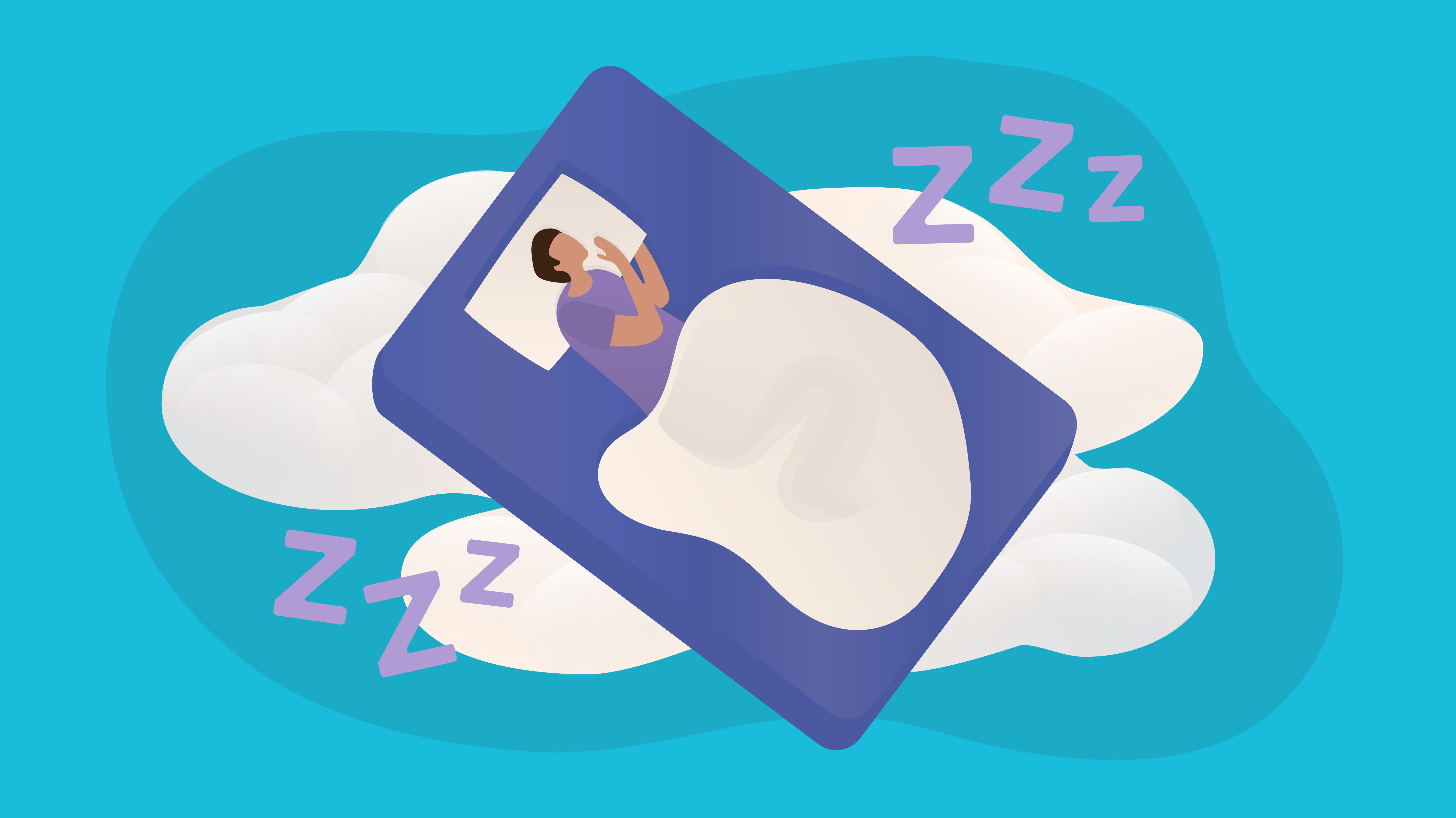Effective Treatment Solutions for Managing Sleep Disorders and Enhancing Relaxing Sleep
In the realm of health care, the administration of rest problems and the quest for relaxed rest are crucial parts of general health. Efficient therapy remedies use a complex strategy to tackle these challenges, varying from cognitive behavioral treatments to alternative methods that promote relaxation and mindfulness. The expedition of various strategies, including the combination of medicine and light treatment, opens a realm of possibilities in the pursuit of far better sleep top quality. As we navigate the intricate landscape of sleep disorders and seek to improve our sleep experience, a deeper understanding of these therapy remedies may hold the secret to unlocking a more refreshing and fulfilling restorative trip.
Cognitive Behavior Modification for Sleeping Disorders (CBT-I)
Cognitive Behavior Modification for Sleeping Disorders (CBT-I) is an organized, evidence-based therapy method that focuses on resolving the underlying factors adding to sleep disruptions. This kind of therapy intends to customize behaviors and ideas that aggravate insomnia, inevitably promoting healthy rest patterns. CBT-I commonly involves a number of vital components, consisting of cognitive therapy, rest constraint, stimulation control, and sleep health education.
Cognitive therapy helps individuals recognize and alter negative thought patterns and ideas regarding sleep that might be hindering their capacity to drop or remain asleep. Rest limitation includes limiting the amount of time spent in bed to match the person's actual sleep duration, thereby enhancing rest effectiveness (cognitive behavioral therapy for insomnia (CBT-I)). Stimulus control strategies aid establish a solid association between the bed and sleep by motivating people to head to bed just when drowsy and to stay clear of taking part in stimulating activities in bed
Furthermore, sleep hygiene education and learning concentrates on creating healthy and balanced rest behaviors, such as maintaining a consistent rest timetable, creating a relaxing bedtime routine, and optimizing the sleep atmosphere. By dealing with these variables adequately, CBT-I provides an effective non-pharmacological treatment for taking care of sleeping disorders and boosting overall sleep top quality.
Sleep Hygiene Practices
Having actually developed the foundation of cognitive restructuring and behavioral adjustments in dealing with insomnia through Cognitive Behavior modification for Sleeping Disorders (CBT-I), the focus now moves in the direction of checking out essential Rest Hygiene Practices for maintaining optimum sleep top quality and overall well-being.
Rest hygiene techniques encompass a series of behaviors and environmental variables that can significantly impact one's capability to sleep and remain asleep throughout the evening. Constant rest and wake times, creating a relaxing going to bed routine, and enhancing the rest setting by maintaining it dark, silent, and cool are crucial components of excellent rest hygiene. Restricting exposure to displays prior to going to bed, avoiding energizers like caffeine near bedtime, and engaging in regular exercise during the day can additionally promote better rest top quality.
Additionally, practicing relaxation methods such as deep breathing workouts or reflection prior to bed can assist calm the mind and prepare the body for rest. By including these rest health practices right into one's daily regimen, people can establish a healthy and balanced sleep pattern that supports relaxing sleep and general wellness.
Relaxation Methods and Mindfulness
Executing relaxation methods and mindfulness methods can play a pivotal role in cultivating a feeling of tranquility and promoting top quality rest. insomnia counseling. These strategies aim to silent the mind, minimize stress, and create an ideal environment for relaxing sleep. One widely practiced approach is deep breathing workouts, where individuals concentrate on slow-moving, deep breaths to relax the body and mind. Modern muscular tissue relaxation includes tensing and afterwards releasing each muscle group, advertising physical relaxation. Additionally, led images can assist carry individuals to a relaxed area in their minds, assisting in anxiety decrease and improving sleep quality.
Mindfulness methods, such as meditation and yoga, are likewise effective in promoting leisure and boosting sleep. Mindfulness motivates people to stay present restless leg syndrome pregnancy home remedies in the minute, releasing fret about the past or future. By incorporating these techniques right into a going to bed routine, individuals can signal to their bodies that it is time to loosen up and prepare for sleep. Generally, incorporating read this post here leisure techniques and mindfulness practices can substantially add to taking care of rest disorders and enhancing general sleep quality.

Medication Options for Sleep Disorders
After checking out leisure techniques and mindfulness practices as non-pharmacological treatments for boosting rest top quality, it is vital to think about medicine choices for people with rest problems. In instances where way of living modifications and treatment do not supply sufficient relief, medication can be an important tool in managing rest disruptions.
Commonly recommended drugs for rest problems consist of benzodiazepines, non-benzodiazepine hypnotics, antidepressants, and melatonin receptor agonists. Benzodiazepines, such as diazepam, are sedatives that can assist generate rest, however they are typically recommended for short-term use due to the risk of dependence. Non-benzodiazepine hypnotics like zolpidem are likewise used to deal with insomnia and have a lower risk of dependence contrasted to benzodiazepines. Antidepressants, such as trazodone, can be beneficial for people with co-occurring anxiety and sleep disturbances. Melatonin receptor agonists, like ramelteon, target the body's all-natural sleep-wake cycle and can be practical for controling sleep patterns.
It is essential for people to seek advice from a medical care company to figure out one of the most proper medicine option based upon their specific rest disorder and case history.
Light Treatment for Body Clock Guideline
Light treatment, additionally referred to as photo-therapy, is a non-invasive treatment method used to control circadian rhythms and enhance sleep-wake cycles. This treatment involves exposure to brilliant light that mimics natural sunlight, which assists to reset the body's body clock. By revealing individuals to details wavelengths of light, commonly in the morning or night depending upon the wanted effect, light therapy can efficiently review adjust the circadian rhythm to promote wakefulness throughout the day and boost relaxing sleep at night.
Research study has shown that light treatment can be specifically valuable for people with body clock problems, such as postponed rest phase syndrome or jet lag. It can also be helpful for those experiencing seasonal depression (SAD), a kind of depression that typically happens during the winter season months when natural light direct exposure is decreased. Light therapy is typically well-tolerated and can be used together with various other therapy approaches for rest disorders to maximize end results and boost overall sleep quality.
Final Thought
In final thought, efficient therapy services for handling sleep problems and boosting relaxing rest consist of Cognitive Behavioral Treatment for Sleep Problems (CBT-I), rest health methods, relaxation techniques and mindfulness, medicine options, and light therapy for body clock guideline. These strategies can aid people enhance their sleep top quality and overall health. It is necessary to seek advice from a doctor to identify one of the most appropriate strategy for resolving sleep issues.
As we browse the complex landscape of rest conditions and seek to improve our sleep experience, a deeper understanding of these treatment solutions may hold the key to opening a much more rejuvenating and satisfying corrective trip.
Sleep restriction includes limiting the quantity of time spent in bed to match the person's actual sleep period, thus increasing sleep effectiveness. Constant sleep and wake times, creating a relaxing bedtime regimen, and enhancing the sleep atmosphere by maintaining it dark, quiet, and cool are crucial elements of good sleep health. Light treatment is normally well-tolerated and can be used in conjunction with other therapy methods for sleep conditions to maximize end results and improve general rest top quality.
